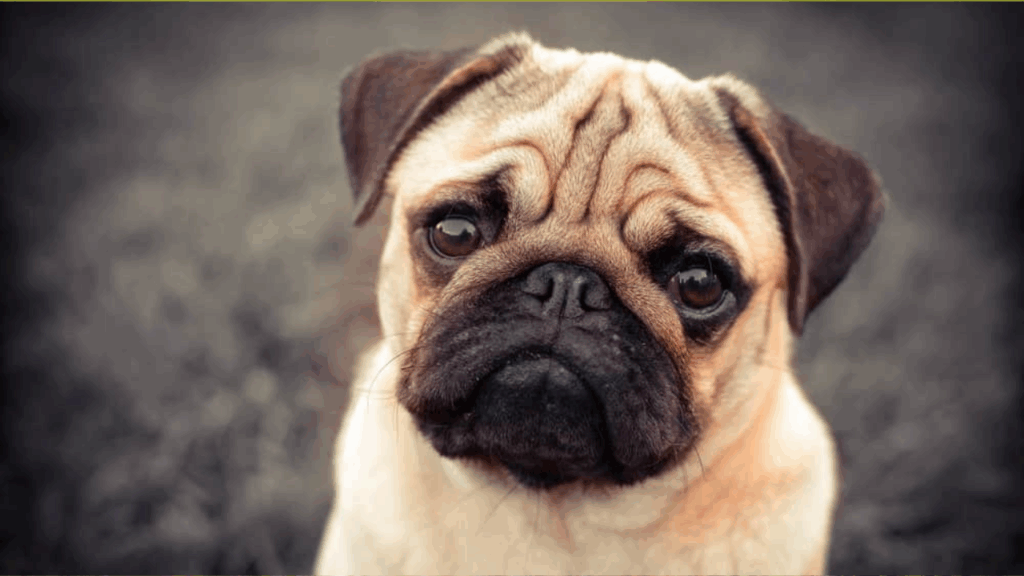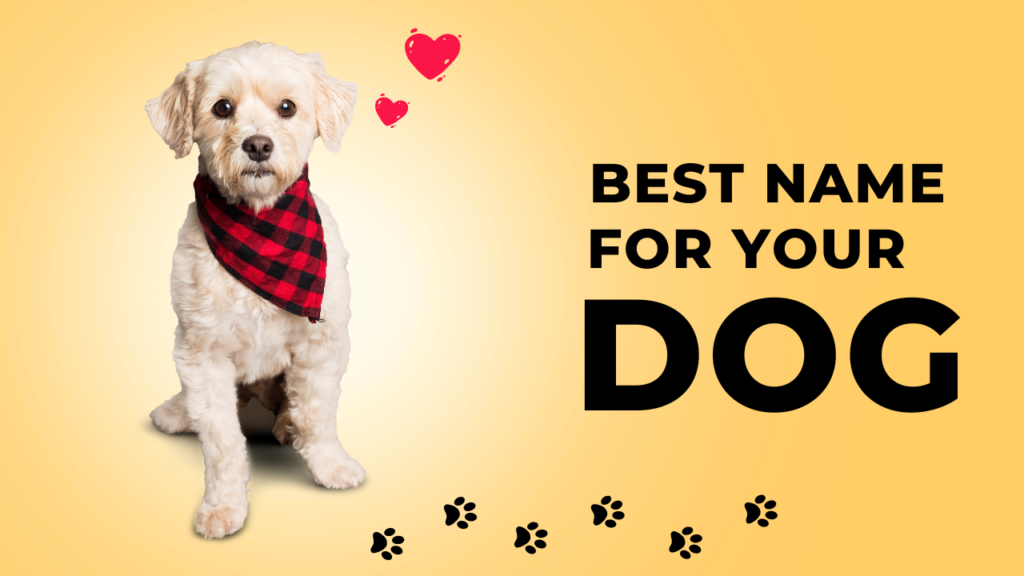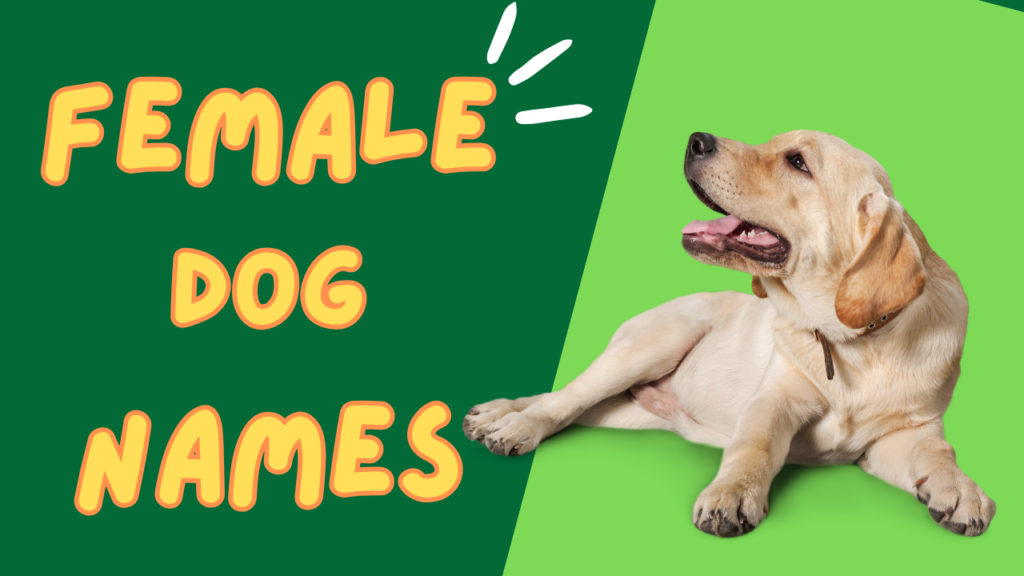The Pug is one of the most beloved toy breeds in the world, cherished for its endearing face, compact size, and amusing personality. Known for their wrinkled features, curled tail, and expressive eyes, Pugs are the definition of a companion dog—eager to please, full of character, and always looking to be by their owner’s side. Though small in size, Pugs carry a big personality, often described as clowns at heart and lap dogs by choice.
History and Origins
The history of the Pug dates back over 2,000 years to ancient China, where they were bred as lap dogs for royalty during the Han Dynasty. Revered by Chinese emperors and pampered within palace walls, Pugs were often guarded by soldiers and given the same status as family members.
The breed made its way to Europe in the 16th century via Dutch traders, where it quickly gained popularity among nobility. In fact, a Pug reportedly saved the life of the Prince of Orange by alerting him to approaching assassins—securing its place as the official dog of the House of Orange. From Queen Victoria of England to Napoleon’s wife Josephine, Pugs have charmed their way into the hearts of many notable figures in history.
Appearance and Physical Traits
Despite their small size, Pugs have a distinctive appearance that makes them easily recognizable.
- Size: Pugs stand about 10–13 inches (25–33 cm) tall and weigh between 14–18 pounds (6–8 kg).
- Head: Their most iconic feature is their round, wrinkled face with a short muzzle and prominent eyes.
- Coat: Smooth, short, and glossy. Coat colors include fawn, black, silver, and apricot, typically with a black mask.
- Tail: Tightly curled over the back, often in a double curl.
- Build: Compact and muscular, with a sturdy body and straight legs.
Their unique facial structure gives them a perpetual look of surprise or curiosity, which only adds to their charm.
Temperament and Personality
Pugs are known for their even-tempered, affectionate, and mischievous nature.
- Sociable and Friendly: They thrive on human companionship and are typically friendly with children, strangers, and other animals.
- Playful but Calm: While they love to play and entertain, they’re also content lounging on a lap or napping for hours.
- Clownish and Comedic: Pugs have a knack for making people laugh with their silly behavior and expressive faces.
- Devoted and Loyal: They bond closely with their family and can be prone to separation anxiety if left alone for too long.
Pugs are the ultimate companion dogs and are happiest when they are part of family life.
Exercise and Living Needs
Despite their stocky appearance, Pugs do require moderate daily exercise to stay healthy and avoid obesity.
- Walks and Play: Short walks and indoor play sessions are usually sufficient.
- Heat Sensitivity: Due to their short muzzles (brachycephalic), they are prone to overheating and should be kept cool in hot weather.
- Indoor Living: Ideal for apartments or houses, Pugs don’t need much space and are generally low-maintenance in terms of energy.
They do love to eat, so owners must be cautious about overfeeding and ensure regular physical activity.
Training and Intelligence
Pugs are clever but sometimes stubborn, which can make training both fun and frustrating.
- Motivated by Food: They respond well to treats and praise, making positive reinforcement methods very effective.
- Consistency is Key: They can be slow to house-train, so patience and routine are essential.
- Socialization: Early socialization helps prevent overdependence and timid behavior in new situations.
With the right approach, Pugs can learn a variety of commands and even tricks.
Health and Grooming
Pugs are generally healthy but do have specific needs and vulnerabilities:
- Brachycephalic Syndrome: Their flat faces can cause breathing issues, especially in hot or humid conditions.
- Eye Problems: Their prominent eyes are prone to injuries and conditions like corneal ulcers.
- Skin Folds: Their facial wrinkles must be cleaned regularly to avoid infections.
- Shedding: Pugs shed more than most toy breeds despite their short coat. Weekly brushing helps manage loose hair.
Regular vet checkups and attention to diet and weight are critical to a Pug’s overall health.
Is the Pug Right for You?
The Pug is an excellent choice for individuals or families who:
- Want a loyal and loving companion.
- Prefer a dog that doesn’t need extensive exercise.
- Live in an apartment or have limited space.
- Enjoy a pet with a strong, funny personality.
However, they are not ideal for people who are frequently away from home or live in extremely hot climates, due to their brachycephalic nature.
Final Thoughts
The Pug is a breed that has stood the test of time—both as a royal lap dog and a modern family favorite. With their soulful eyes, humorous quirks, and unwavering affection, Pugs continue to win over hearts all over the world. Whether you’re looking for a low-key cuddle buddy or a four-legged comedian, the Pug is a breed that delivers joy in abundance.

Andy Parker is a dog lover, writer, and senior editor at BarkPicks. With years of experience covering canine health, training, and gear, he helps pet parents make smarter choices for happier, healthier dogs. Andy shares his home (and heart) with two rescue pups, Charlie and Mia.



